The residents and the church
The church, the clergymen and a religious way of life were an important part of the residents everyday life at the hospital. The church bells rang three times a day. Those who were able attended church services on Sundays, something which all citizens were required to do. In his description from 1764, Hilbrandt Meyer states there were also services in the hospital on Fridays, and there were prayers and hymns every morning and evening.
The chaplain would have been the residents’ most important helper and spiritual advisor. The hospital’s first doctor was appointed in 1817, but prior to that time, it was the clergymen who had main responsibility for the residents. They were also responsible for keeping a record of incoming patients. In a photo of one of the bedchambers from the 1930s, one of the residents has hung a picture of the hospital chaplain at the time on the wall. The chaplain must have meant a lot to the person living there.
People’s religious beliefs also influenced how they perceived their own illness, and how others viewed the illness. A disease such as leprosy was often seen as a punishment from God, but the affected also put their trust in the Lord, who would free them after death from pain and disease, and grant them life in the kingdom of heaven. This is clearly expressed in Peder Olsen Feidie’s lament from 1836. Feidie, who was a resident at St. Jørgen’s, was an extremely religious man. In his poem about his own destiny and life at St. Jørgen’s Hospital, he describes residents’ hope of and belief in salvation from the difficult fate that has befallen them.
The church was also a place to see other people. It was the church for Årstad parish between 1749 and 1886, and the residents of Danckert Krohn’s foundation and other institutions, for whom the hospital chaplain was responsible, also attended some of the services. This illustrates that many of those living in the city were not afraid of associating with those with leprosy. Welhaven also reported that other people with no particular connection to the church sometimes attended services: ‘Likewise, I also see every Sunday at the service that many of the city’s workers crowd into the lepers’ pews, and in the heat of summer throng together even with the sickest among them, without the slightest fear.’
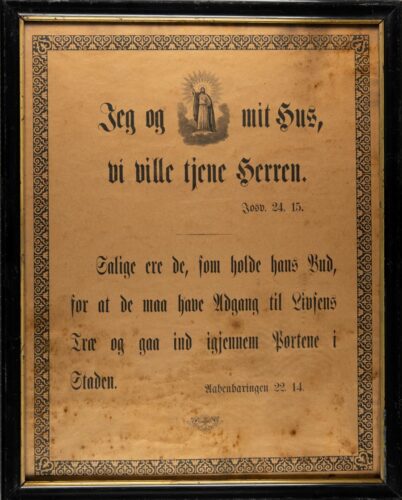
As for me and my household, we will serve the Lord. Josh. 24:15
Blessed are those who wash their robes, that they may have the right to the tree of life and may go through the gates into the city. Revelation 22:14
Photo: Bergen City Museum.
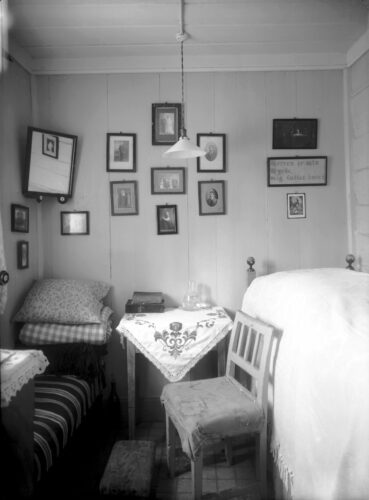
Photo: Olav Espevoll © The University Museum of Bergen. CC BY-SA 4.0
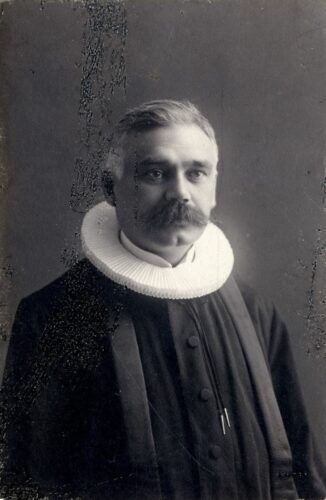
Photo: The Regional State Archives of Bergen.
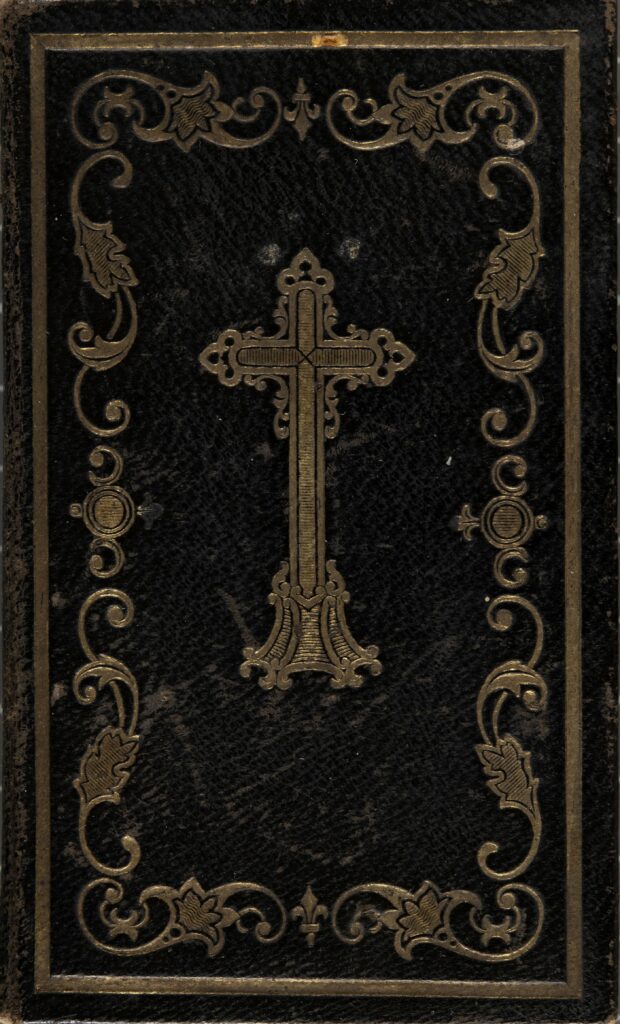
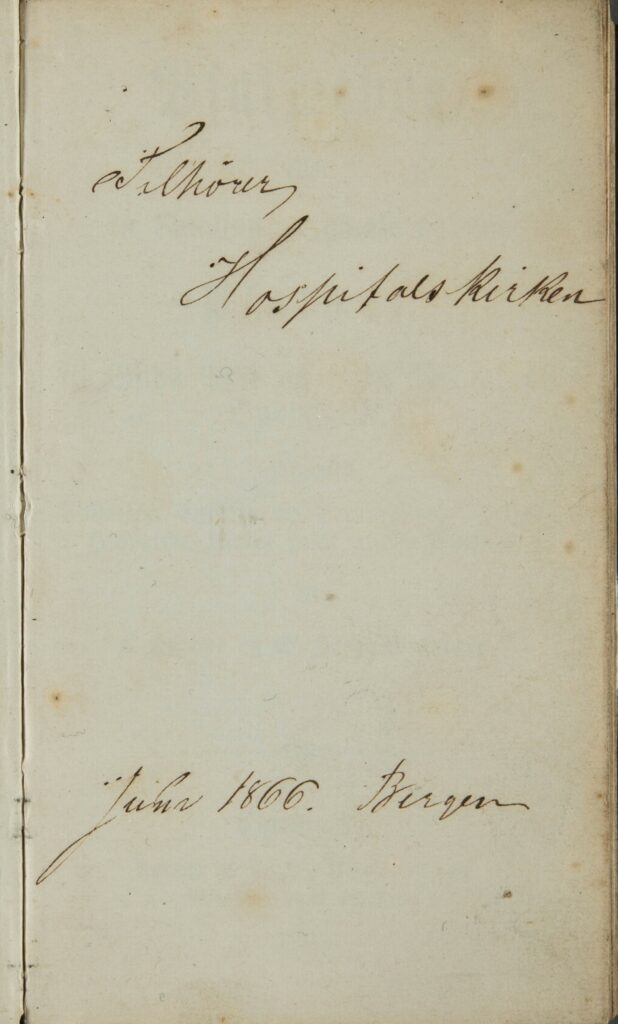
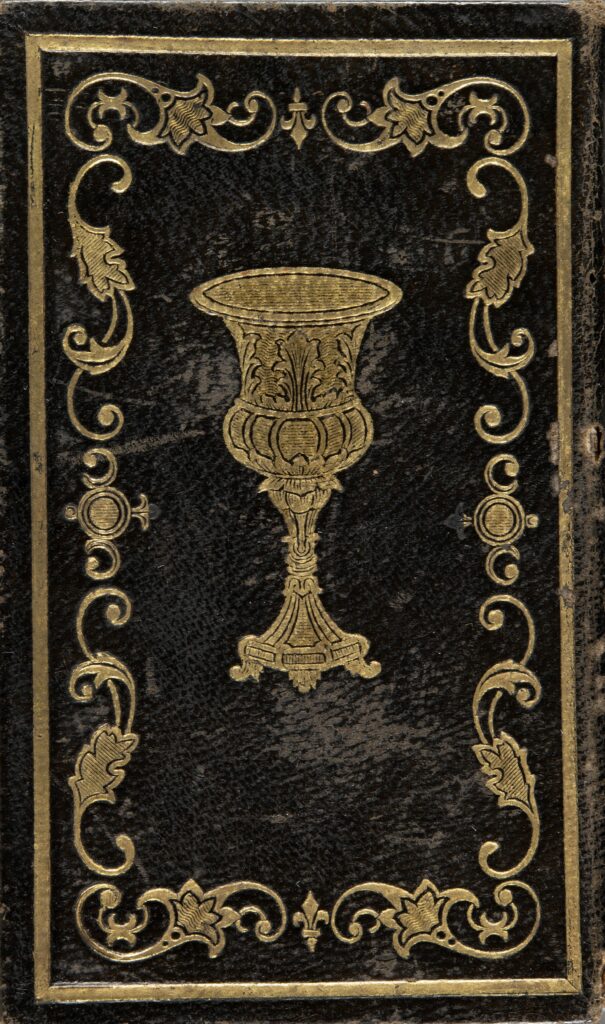
‘Hymnal, or a collection of old and new hymns, for the glory of God and the Edification of his Congregation, together with Collects, Epistles, and Gospels, the Passion, church as well as other Prayers by L. Harboe and O. Høegh Guldberg.’ 1864.
Inscription: ‘Belongs to the Hospital Church. Christmas 1866. Bergen’.



